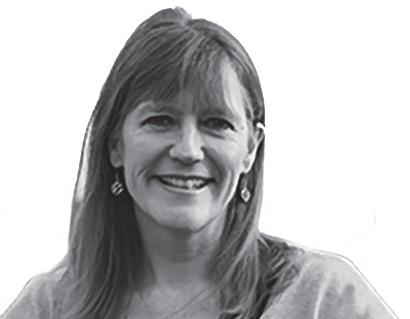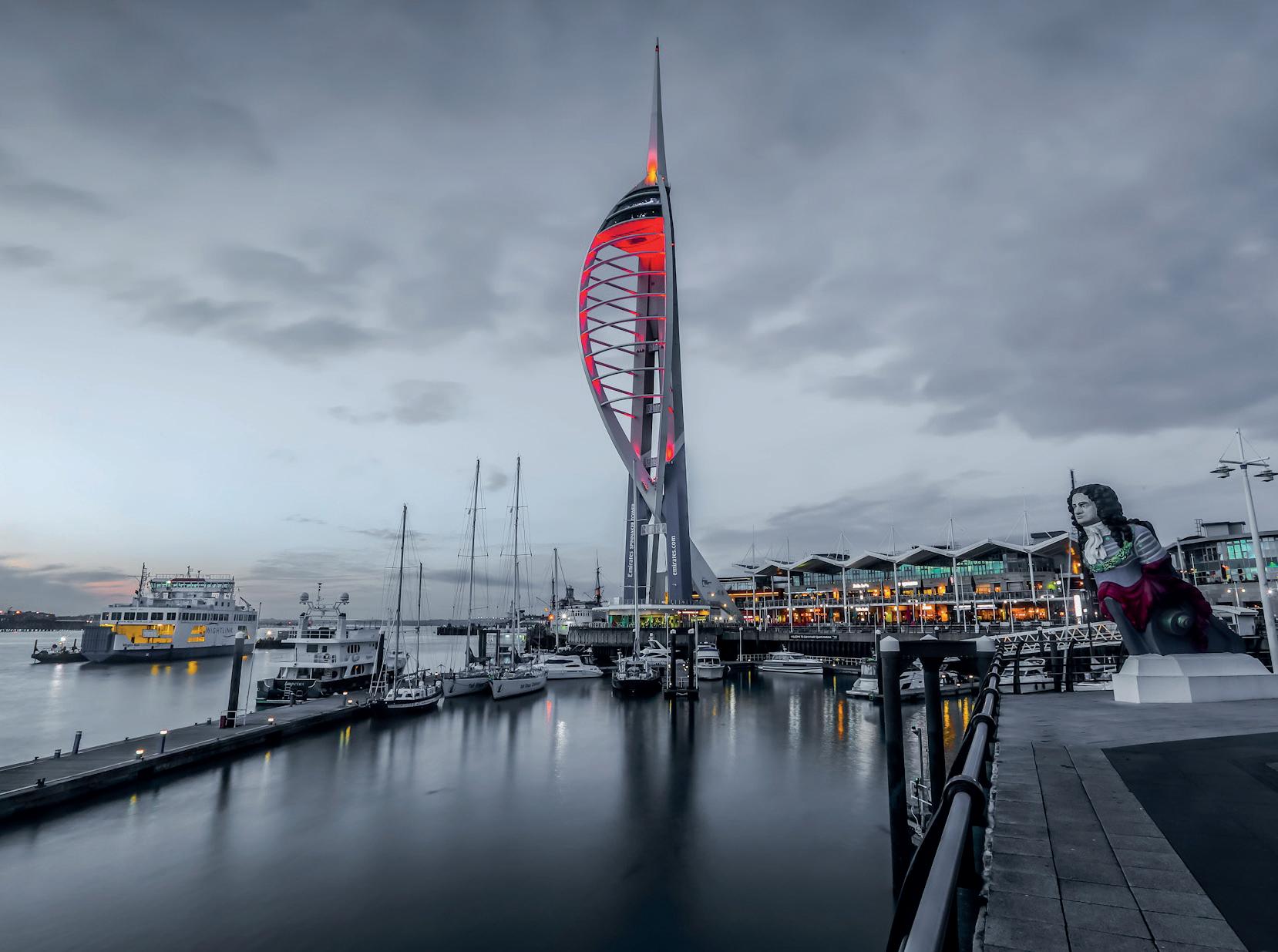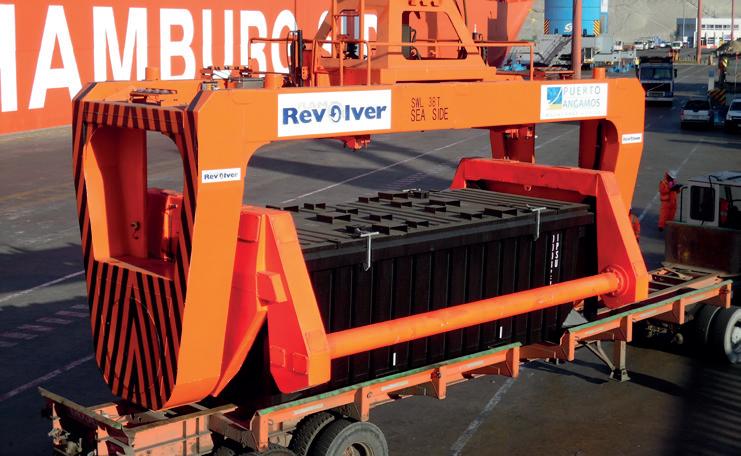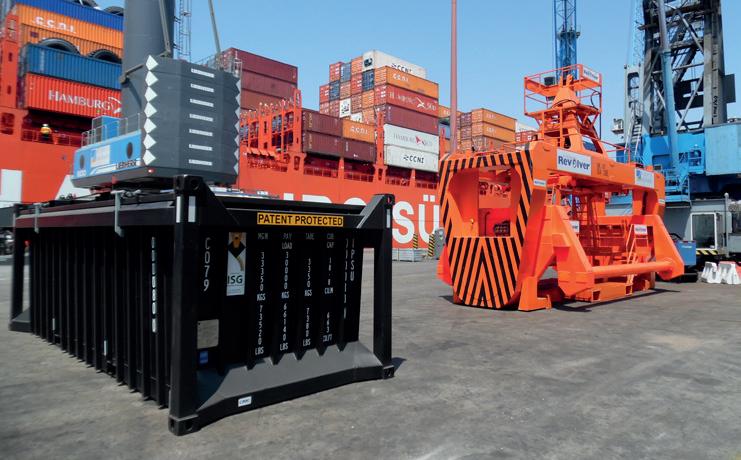
5 minute read
Projects
A LIVING LABORATORY OF GREEN TECHNOLOGY
In this article, Sophie Peachey, head of customer success at IOTICS, explains how digital twin technology at one port is helping shape a greener maritime future
Portsmouth International Port is the UK’s largest municipal port. Operated and owned by Portsmouth City Council, it is one of the sites of the new Solent Freeport and responsible for handling millions of customers and vital cargo across the globe. With easy access to both the UK motorway system and major shipping lanes, Portsmouth International Port is ideally placed for ferries, cruise and freight.
Over the past decade, the port has also been gradually turned into a living laboratory of green technology. Not only does it have one of the most sustainable terminal buildings in the UK, but it is also at the forefront of renewable energy and battery research. For example, a machine learning controlled lithium/lead storage battery will complement a rollout of solar and wind power generating capacity across the port.
Portsmouth is committed to becoming the first carbonneutral UK port by 2030 and the first zero-emission port by 2050. These plans, which aim to improve air quality and their carbon footprint, have been put together with the government’s Maritime 2050 strategy in mind.
SHAPE UK
With this drive to deliver maritime sustainability, it’s no surprise that Portsmouth is playing a leading role in a new £1.5million Shipping, Hydrogen & Port Ecosystems UK (SHAPE UK) project, funded by the Department for Transport and delivered in partnership with Innovate UK.
SHAPE UK is part of the Clean Maritime Demonstration Competition and represents a milestone in the move to innovative low-cost green hydrogen generation and storage systems that will bring significant reduction in carbon emissions and air pollution in and around Portsmouth and other UK ports.
Announced in March 2020 and part of the Prime Minister’s Ten Point Plan to position the UK at the forefront of green shipbuilding and maritime technology, the Clean Maritime Demonstration Competition is a £20m investment from the government alongside a further circa £10m from industry to reduce emissions from the maritime sector. The programme is helping to fund 55 projects across the UK to support the research, design and development of zero emission technology and infrastructure solutions for maritime and to accelerate decarbonisation in the sector.
The SHAPE UK project is led by the University of Portsmouth and brings together a wide range of expertise from industry

and academia, including Portsmouth International Port, Lloyd’s Register, Engas, IOTICS, B4T, KnowNow, COX, University of Brighton and the Connected Places Catapult.
Digital twinning
As part of the project, at IOTICS we are creating a digital twin of Portsmouth International Port – in effect, an interoperable virtual version of the port including its data, controls and interactions. Digital twining is an exciting, fast emerging technology that can be applied across different use cases.
We will be using digital twins to look at the business benefits of deploying renewable and clean fuels, as well as the logistics of refuelling onshore equipment and sea-going vessels in a busy port. We’ll also be setting up the foundations of ways to look at the environmental impacts of switching to clean fuel sources.
8 Portsmouth
is committed to becoming the first carbon-neutral UK port by
8 Sophie Peachey, head of customer success at IOTICS
Photo: IOTICS

The digital twin of the port will interoperate with existing and new data from the port infrastructure and its activities, as well as gathering data from the working green hydrogen electrolyser. The semantically defined digital twins, interoperating with different data sources, will virtualise both dockside and offshore activities and data from the digital twins within the port ecosystem will help to enhance and optimise operations with decision-support tools.
The power of digital twins comes not from what they can show us, but from how they can securely and meaningfully interact with each other. Compositing new twins of a component, machine, person, place, ship or an entire port, city or nation, creates an ecosystem of twins, each acting as a unified access point or gateway to multiple sources of data and information.
Scalable modelThe digital twin approach in Portsmouth will create a scalable model that is translatable for other ecosystems, use cases and locations. The technology can help ports cut emissions, improve safety processes and allow maritime stakeholders to effectively share data. Port authorities, terminal operators and logistics specialists are already beginning to see the value of implementing digital twins.
Through twin-enabled data visualisation platforms, a terminal operator, for example, can monitor end-to-end cargo tracking and fleet management services, as well as supervise the workforce in the field. One result of this is more accurate and pinpointed loading and unloading times, creating faster truck and ship turnaround. Improved accuracy with real-time information could also lead to potential reductions in failures in container movements by cranes and operatives – reducing energy usage and a port’s overall carbon footprint.
Looking ahead
With the use of new technology, digital twins are revolutionising the way ports make decisions, offering value in operational efficiency, managing data, and preventing dangerous situations from arising. Digital twins will also enable ports to look forward to more streamlined communication and data management with Internet of Things (IoT) networks.
As digital twin technology advances, the future of ports can only expect to see further optimisation and more efficient processes. And perhaps, in the near future, everyone can expect to be introduced to port life through their own virtual experience.
Digital twins provide guidance and help people make better, informed decisions on changes they need to make in the physical world. And it’s not just maritime business that is set to benefit. The digital twin market is anticipated to reach a staggering $86.09 billion by 2028, according to a study from Grand View Research.
About IOTICS
In 2014 the IOTICS’ founders recognised the growing need for enterprises to, securely, and flexibly, interoperate with cooperative ecosystems of partners, customers, and suppliers. The challenge was, and is, that data is hidden in silos and can’t be accessed where it’s needed, when it’s needed, by those it would benefit the most. IOTICS’ patented technology, IOTICSpace, is enabling evolving ecosystems in utilities, transport, manufacture and infrastructure to facilitate cross-boundary data exchange between multiple parties.
8 For more information, visit www.iotics.com
8 Portsmouth
International Port is ideally placed for ferries, cruise and freight













